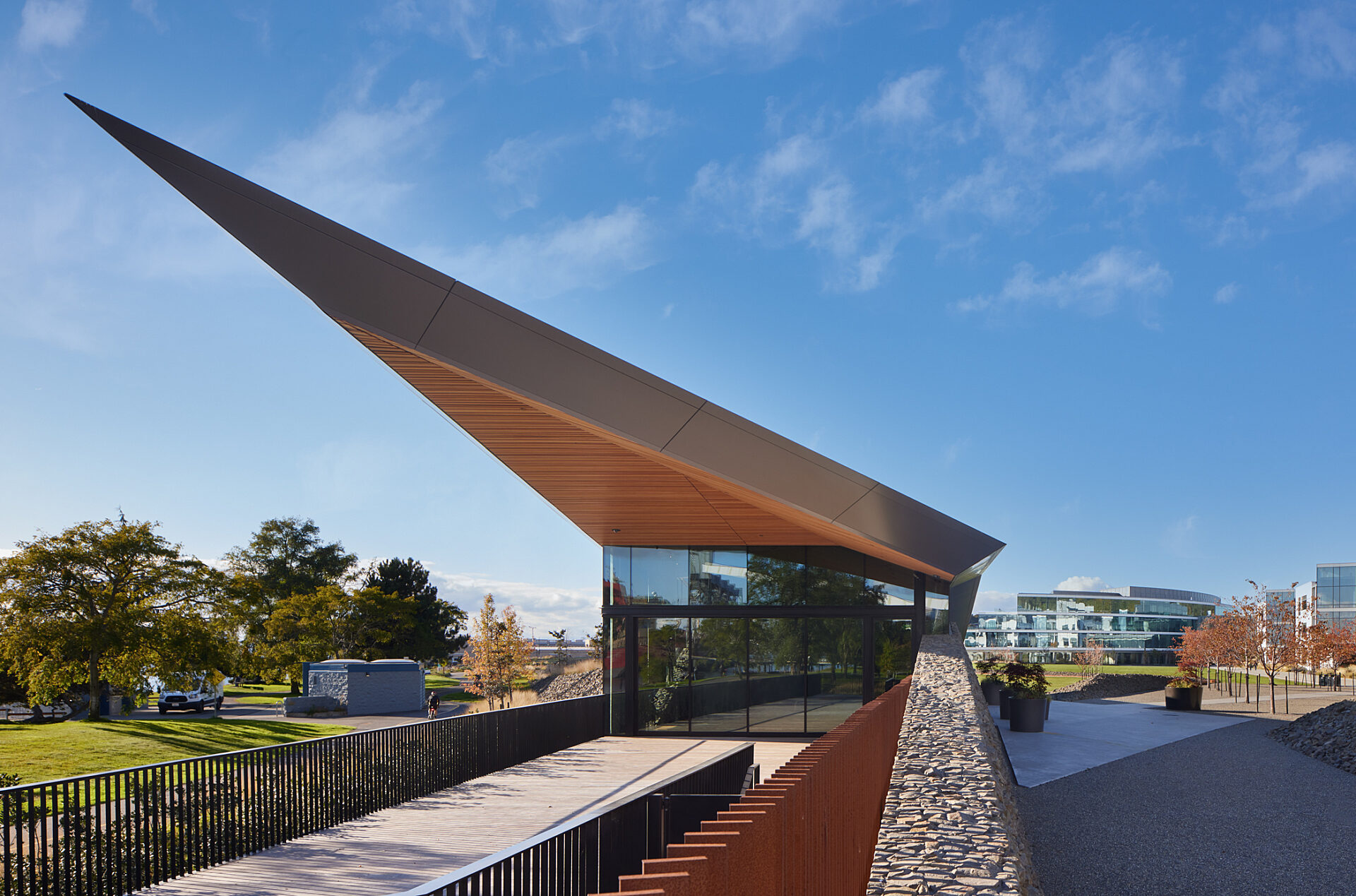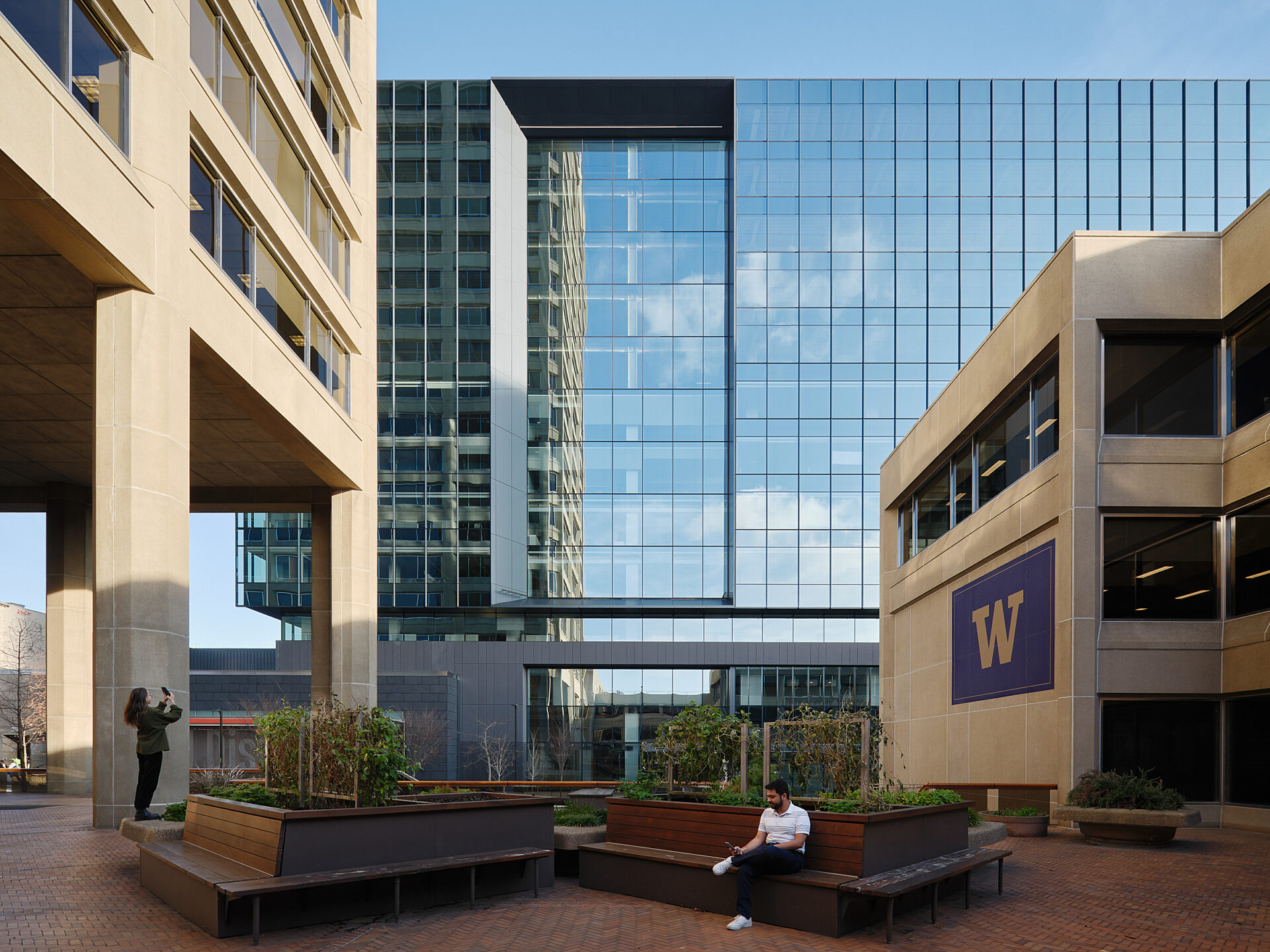Projects

News 11.21.2025
Expedia Group's The Prow Featured on America ByDesign
The America ByDesign Series 4 Finale spotlights Expedia Group’s The Prow in Seattle, Washington—a stunning biophilic retreat designed to inspire and connect.
America ByDesign: Season 4 | Episode 10
External Source



